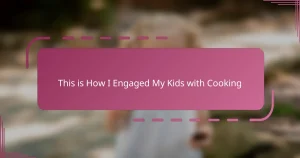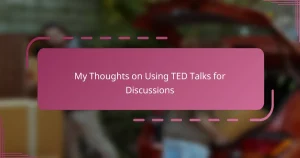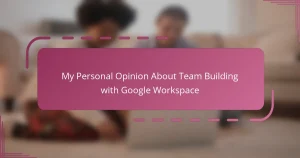Key takeaways
- Lego sessions facilitate nonverbal communication, allowing children to express feelings and thoughts through creative building.
- These activities nurture patience, focus, and problem-solving skills while fostering emotional connections between parents and children.
- Setting up a distraction-free environment and choosing the right moments enhances the effectiveness of Lego communication.
- Open-ended questions and mirroring choices during building encourage authentic conversations and deeper understanding of children’s emotions.
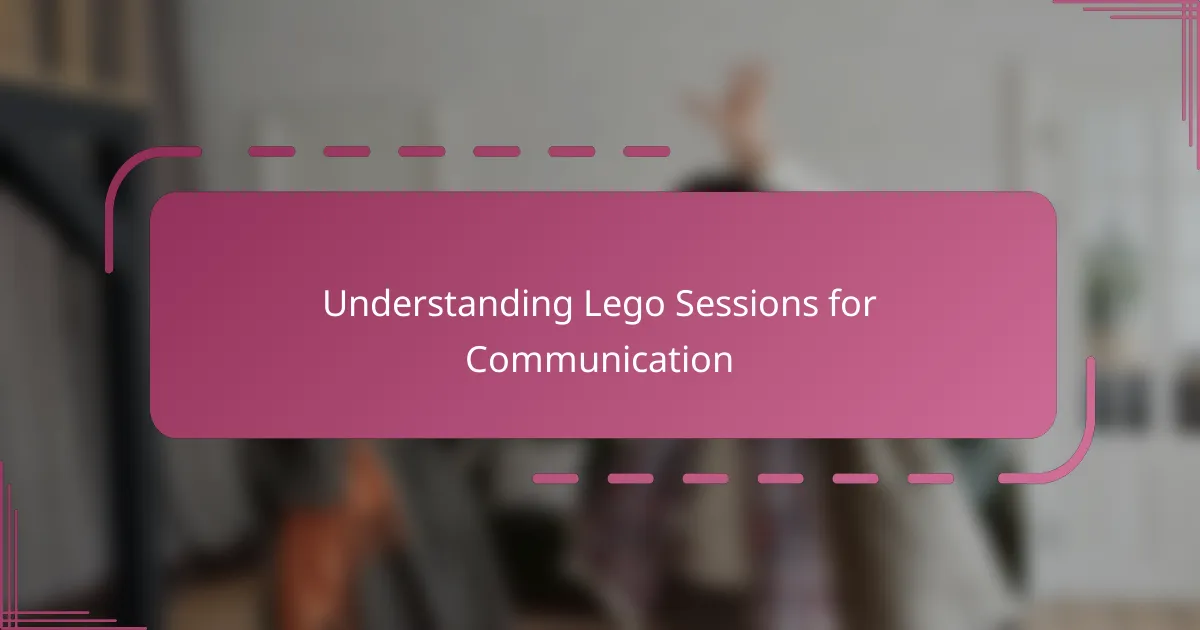
Understanding Lego Sessions for Communication
When I first introduced Lego sessions as a way to communicate with my child, I was amazed at how the simple act of building together opened doors that words couldn’t. Have you ever struggled to find the right words during tough conversations? Lego creates a safe space where emotions and ideas flow naturally through the bricks rather than spoken language.
What fascinates me most is how these sessions go beyond play—they become a language of their own. Each piece my child chooses tells me a story about their feelings or thoughts, and together, we build more than just structures; we build understanding. It’s a powerful reminder that communication isn’t confined to words alone.
In my experience, understanding Lego sessions for communication means tuning into subtle cues and sharing moments of creativity. It’s not just about the final build; it’s about the collaboration and connection that happen during the process. Have you noticed how a shared activity can sometimes bridge gaps that seem impossible otherwise? That’s exactly the magic Lego brings into our interactions.
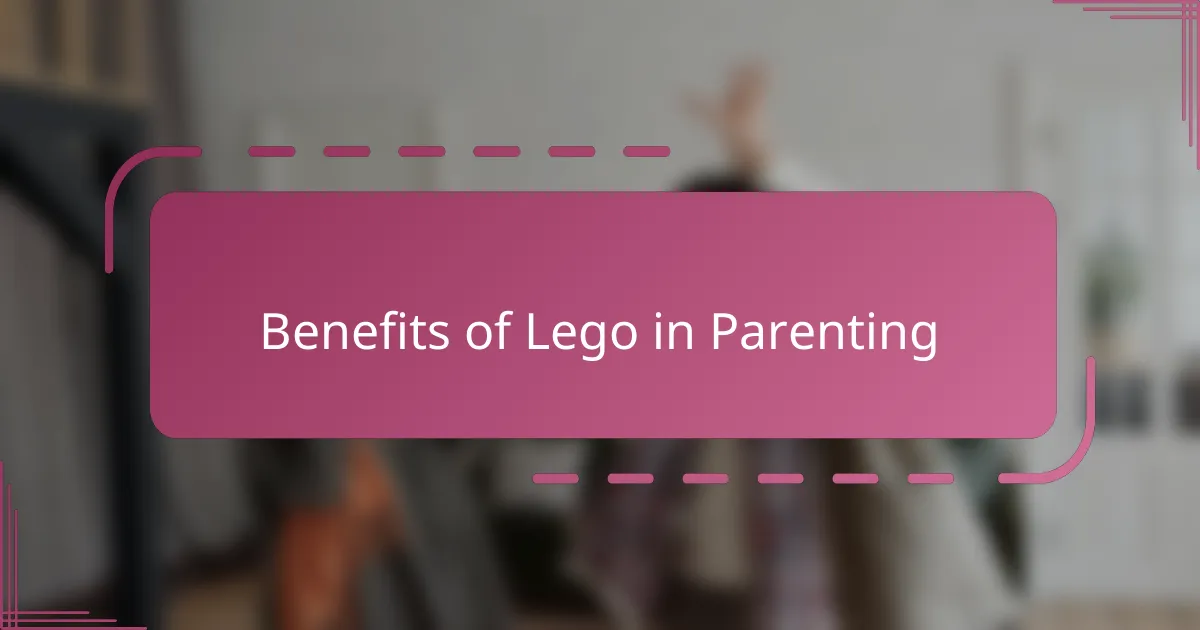
Benefits of Lego in Parenting
One of the biggest benefits I’ve found with Lego in parenting is how it nurtures patience and focus. When my child and I sit down to build, I see their concentration deepen—something that often spills over into other parts of their life. Have you ever noticed how working with small pieces can quietly teach the value of slowing down and paying attention?
Another rewarding aspect is how Lego sparks creativity and problem-solving skills. Watching my child experiment with different bricks to make something unique reminds me that these sessions are more than just fun; they’re real exercises in thinking outside the box. Isn’t it amazing how these tiny blocks can encourage big ideas and confidence?
What truly touches me is the emotional connection Lego fosters between us. During those moments, I feel a closeness that words alone don’t always capture. Have you ever felt that simple shared activities can heal or strengthen your bond? Lego sessions have definitely been that comforting bridge in my parenting journey.
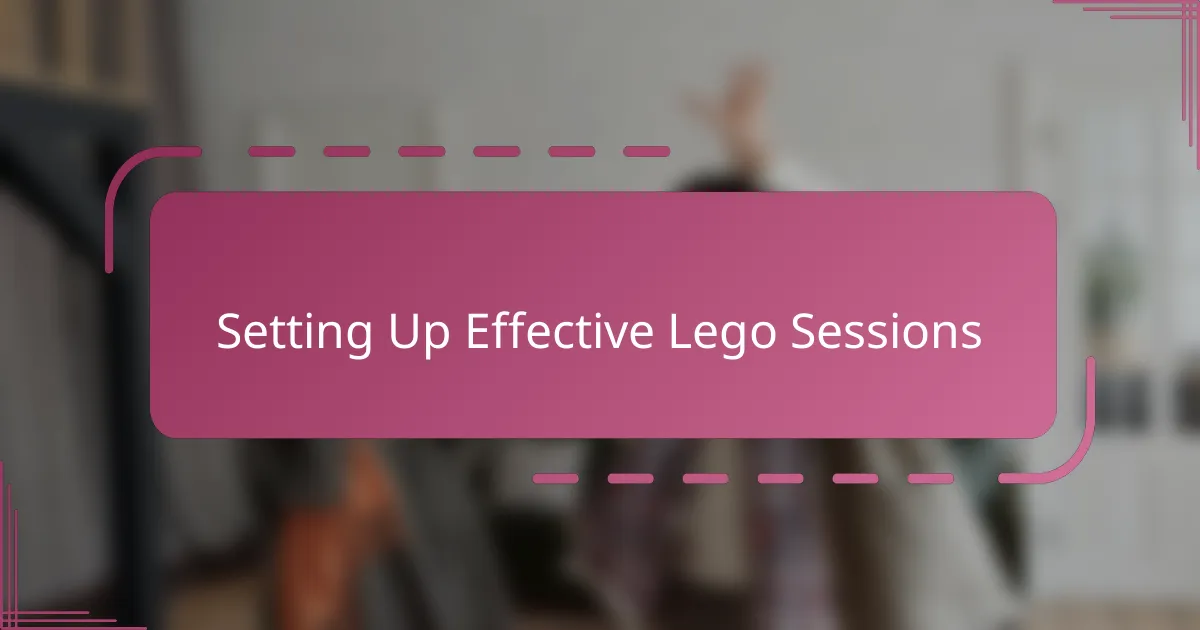
Setting Up Effective Lego Sessions
Getting the space ready for our Lego sessions makes all the difference. I’ve learned to clear a table that’s free of distractions, laying out the bricks in easy-to-reach containers. Have you ever noticed how a clutter-free environment helps your child focus better? For me, it’s like setting the stage for creativity and calm conversation to happen naturally.
Choosing the right timing is just as important. I usually pick moments when my child is relaxed—maybe after school or on a quiet weekend morning. Rushing into a session when either of us is tired just doesn’t work because Lego communication needs patience and presence. Don’t you find that the best talks happen when you’re both in the right headspace?
I also keep our sessions flexible to encourage genuine interaction. Sometimes we have a plan to build something specific, but often I let my child lead the way, picking bricks or themes that reflect how they feel. This choice makes the experience more meaningful and gives me clues about what’s on their mind. Isn’t it amazing how kids open up when they’re in control of their own story?

Techniques for Communicating Through Lego
One technique I rely on is asking open-ended questions while we build, like “What does this color remind you of?” It’s incredible how such simple prompts encourage my child to share stories or feelings that might otherwise stay hidden. Have you noticed how a question tied to the activity sparks more authentic conversations than a direct “How was your day?”
Another method I use is mirroring my child’s choices with Lego bricks—when they pick a bright red piece, I follow with another red one, subtly showing I’m tuned in to their mood. This small gesture helps build trust, like saying silently, “I see you.” I find this nonverbal communication often leads to moments of warmth and openness that words can’t always reach.
Sometimes, I invite my child to build something that represents an emotion, like “Show me how you feel today with your bricks.” Seeing their creations gives me visual clues to their inner world and opens dialogue without pressure. It’s fascinating how physical expressions can bypass hesitation and bring a clearer understanding between us. Have you tried turning feelings into something tangible during your conversations?
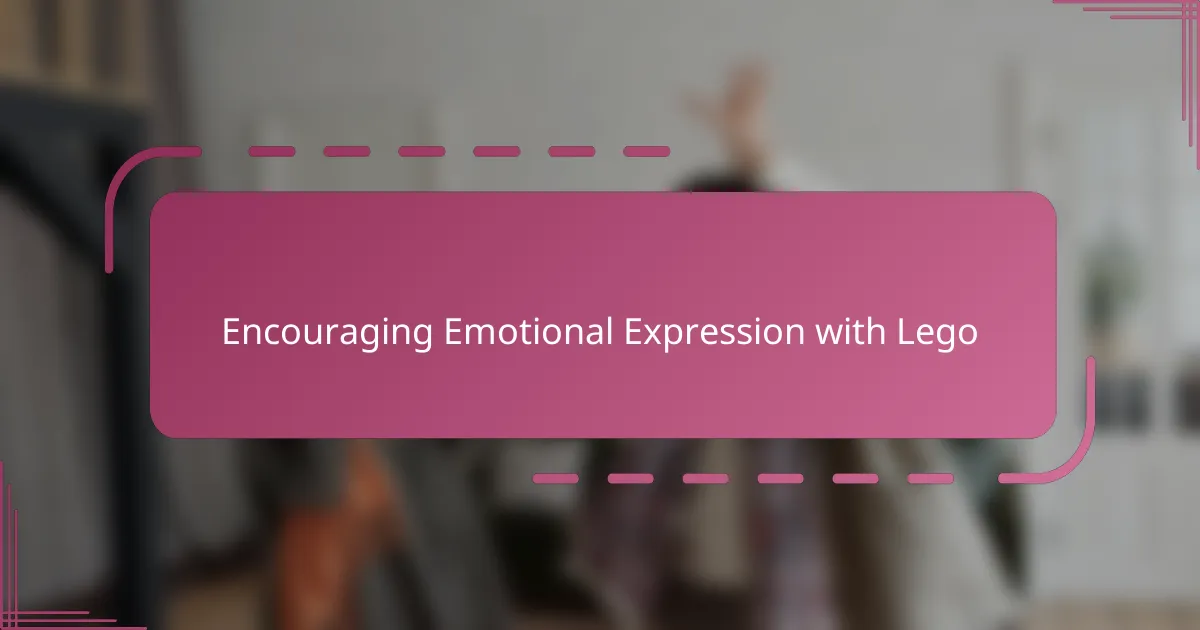
Encouraging Emotional Expression with Lego
When my child builds with Lego to express feelings, I’ve noticed they choose colors and shapes that seem to reflect their mood without saying a word. Have you ever seen someone create something that speaks more loudly than their spoken words? It’s remarkable how the simple act of snapping bricks together becomes an outlet for emotions that might be hard to describe otherwise.
I remember one session when my child was struggling with frustration, and instead of voicing it, they built a tall, unstable tower. Watching it wobble and eventually fall apart made me realize they were showing their feelings about the situation. Have you found that letting kids express emotions through play can reveal what they really need to share? This kind of nonverbal communication feels like a gentle invitation to understand rather than a hard confrontation.
What truly amazes me is how Lego sessions create a judgment-free zone where my child feels safe to explore all kinds of emotions—joy, sadness, confusion, or excitement. In those moments, I’m not just a parent; I become a witness to their emotional world through their creations. Isn’t it powerful to see that sometimes bricks tell stories that words simply can’t capture?
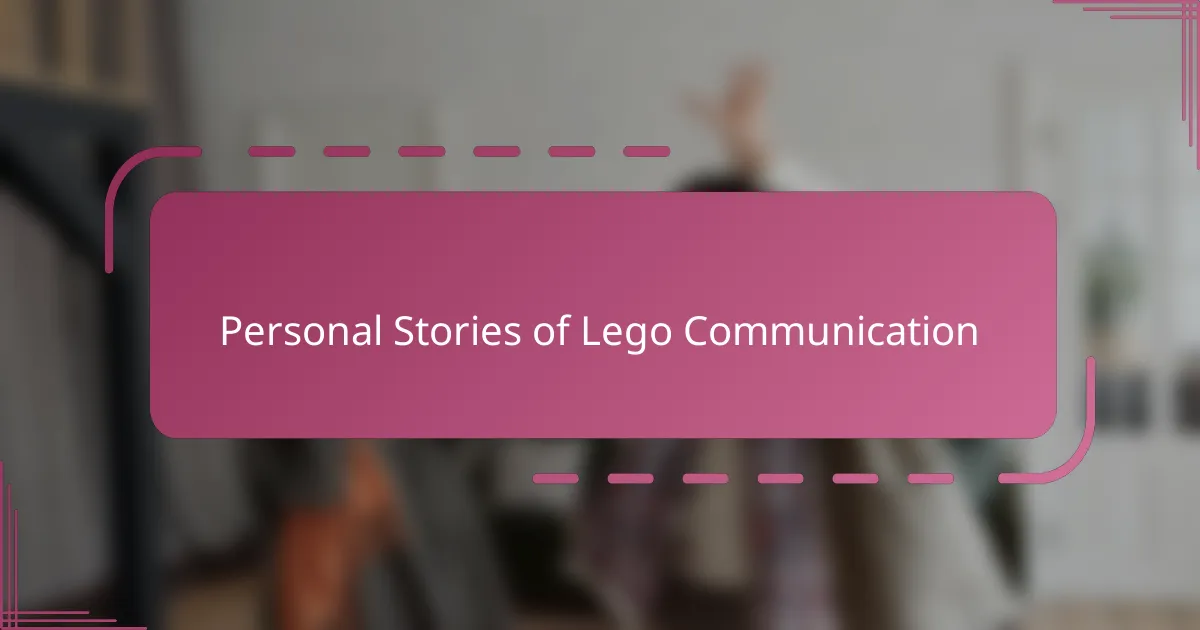
Personal Stories of Lego Communication
One moment that stands out for me happened when my child and I sat quietly building a small village. Without a single word, the arrangement of houses, trees, and pathways revealed how they were feeling safe and connected at school. Have you ever experienced something unspoken speak volumes? It made me realize that sometimes the most meaningful communication happens beyond words.
There was another time when my child struggled to talk about a difficult day. Instead, they built a complex maze that looked chaotic and confusing. Watching them navigate through that maze with Lego pieces gave me insight into their feelings of being overwhelmed. Isn’t it incredible how these little blocks can become a mirror to a child’s inner world when speech feels too hard?
Sometimes, the stories told through Lego surprise me with their depth. Once, my child constructed a rocket soaring toward the stars, explaining later that it represented hope and adventure despite challenges at home. Moments like these remind me that Lego sessions are not just play—they are heartfelt conversations shaped brick by brick. Have you witnessed such unexpected expressions in your own time building together?
